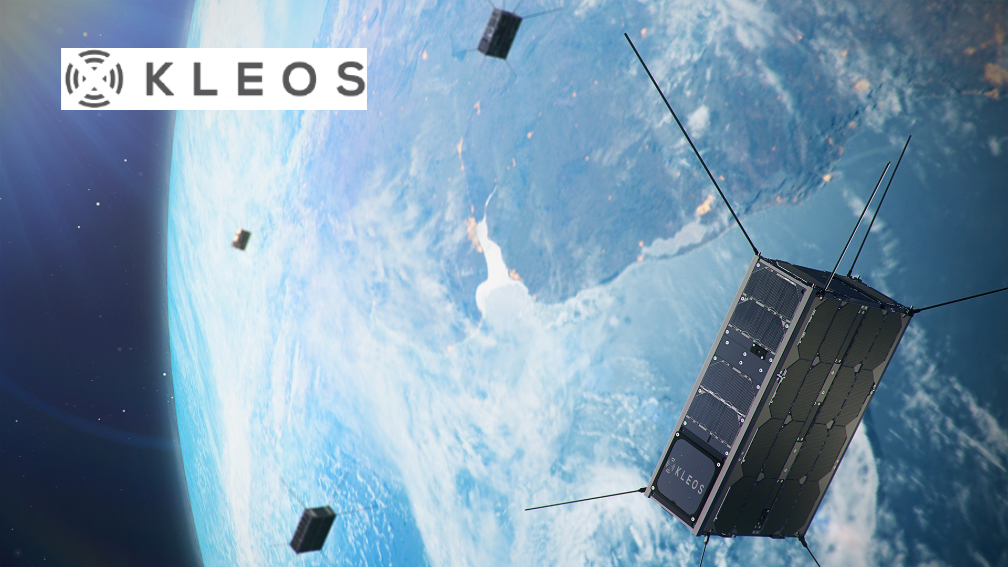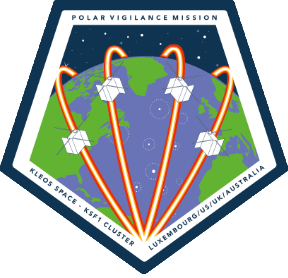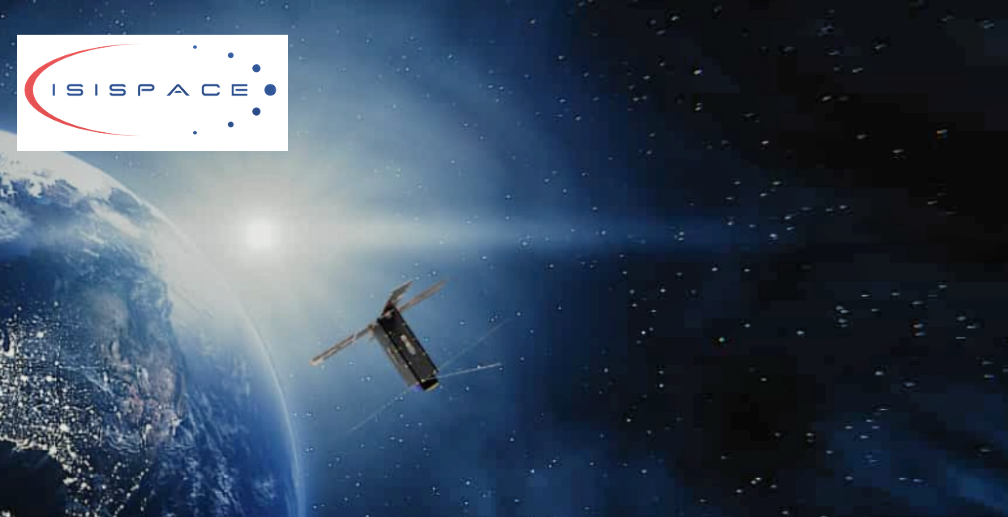
Kleos Space S.A (ASX:KSS, Frankfurt:KS1) has now received confirmation that the Kleos Polar Vigilance Mission (KSF1) will launch from Cape Canaveral Space Force Station onboard the Spaceflight SXRS-5/SpaceX Transporter-2 Mission targeted for the June 29, 2021 (US).

The four satellites will be deployed into a 525 km Sun Synchronous Orbit (SSO) that will increase Kleos overall coverage density in the equatorial region and cover areas North and South of the Kleos Scouting Mission satellites, which successfully launched on in November into a 37-degree inclined orbit.

Kleos uses clusters of four satellites to collect radio transmissions over key areas of interest around the globe and after processing a geospatial data product is delivered to analytics and intelligence entities for government and commercial use – efficiently uncovering the locations of human activity on land and sea.
A third cluster of satellites, the Polar Patrol Mission (KSF2), is scheduled and will launch at the end of this year.
Original report…
Kleos Space S.A (ASX:KSS, Frankfurt:KS1) has confirmed the successful dispatch of their cluster of four Polar Vigilance Mission satellites (KSF1) from Delft in the Netherlands to Cape Canaveral Space Force Station.

Under a rideshare contract with Spaceflight Inc., the satellites will liftoff aboard the Spaceflight SXRS-5 / SpaceX Transporter-2 mission no earlier than June 2021. The satellites have been built by smallsat specialist Innovative Solutions In Space B.V (ISISPACE).

The Polar Vigilance Mission will provide global data that will will increase Kleos overall coverage density in the equatorial region and also cover areas North and South of the Kleos Scouting Mission satellites, which successfully launched on in November into a 37 degree inclined orbit.
Kleos uses clusters of four satellites to collect radio transmissions over key areas of interest around the globe and after processing a geospatial data product is delivered to analytics and intelligence entities for government and commercial use – efficiently uncovering data points of human activity on land and sea. The Kleos clusters enable up to six antenna pairs to be used in proprietary multilateration algorithms – aiding data accuracy.
Kleos CEO Andy Bowyer said, “ISISPACE have done an incredible job delivering four satellites in a very short time period to our exacting standards, we look forward to them entering service in our growing constellation – more satellites, means more data for our customers increasing their insight into human activity in key areas of interest.”
